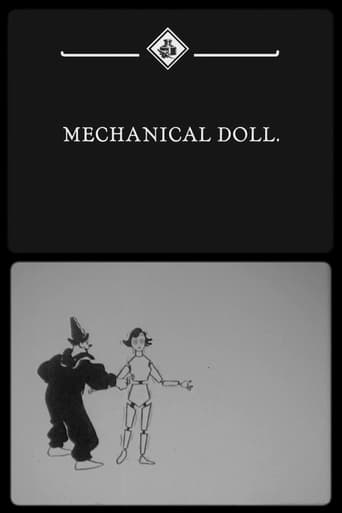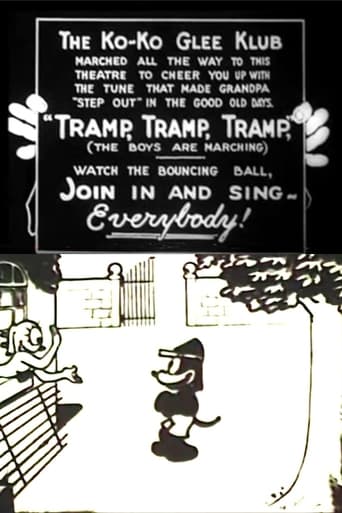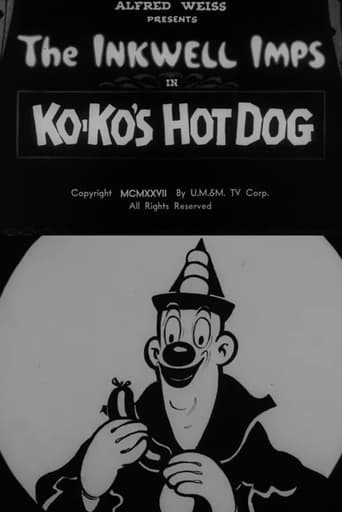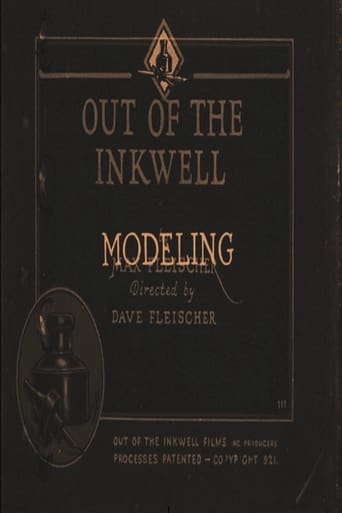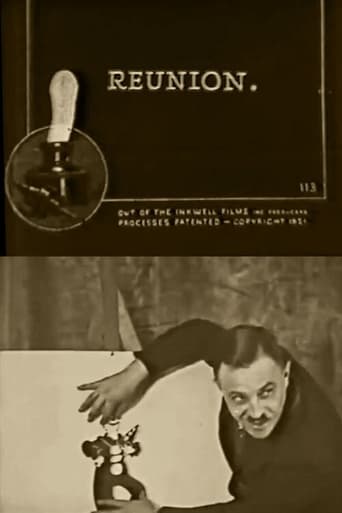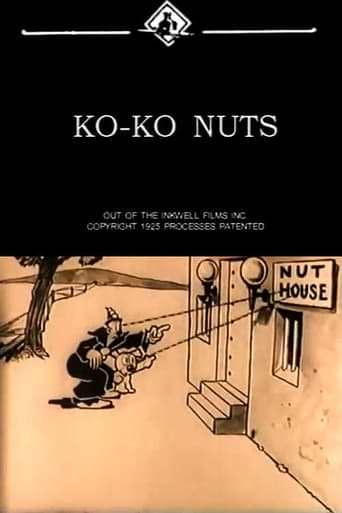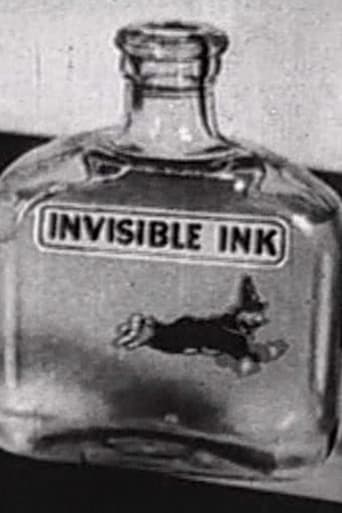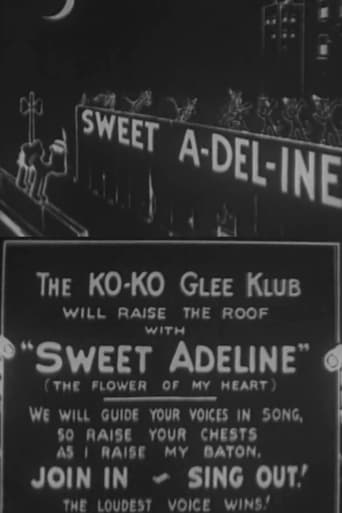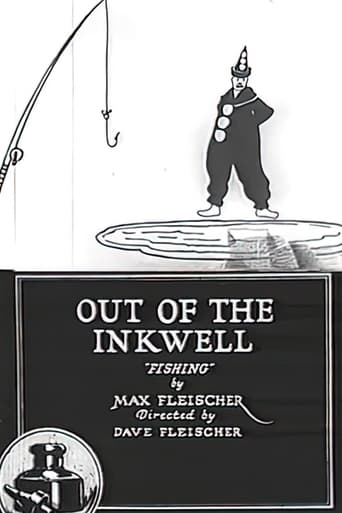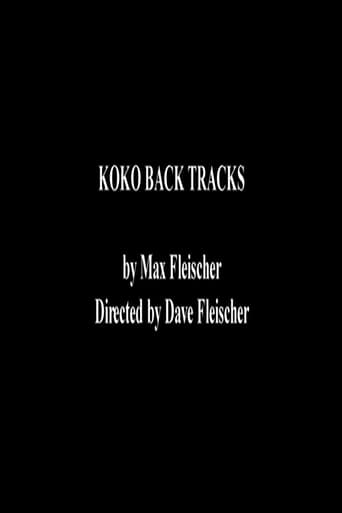The Dresden Doll 1922
In this one, Max has run low on ink, so Ko-Ko finishes drawing himself and then heads over to the camera room, where he creates his own characters, a mechanical dancing Dresden doll with whom he falls in love and a couple of automaton musicians. He gets rid of the musicians, but, alas, the projectionist gets oil onto Ko-Ko's soon-to-be bride, melting her.
